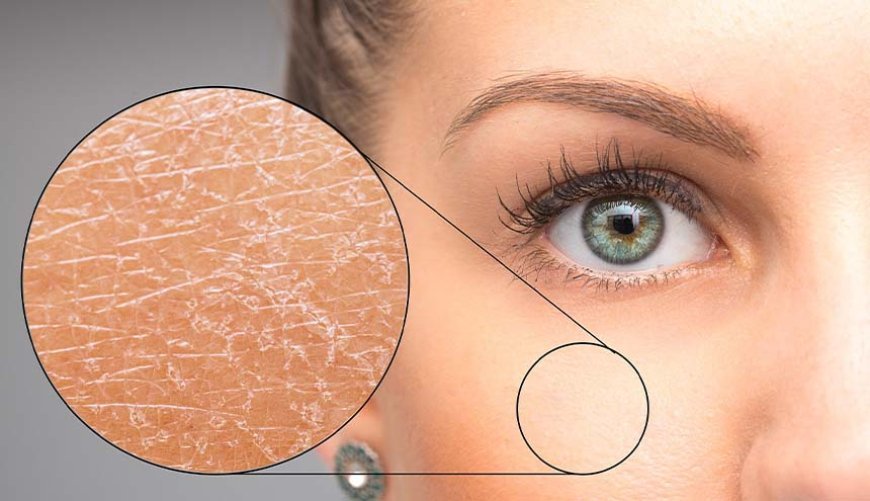Blemish prone skin
Do you have blemish prone skin? If so, you’re not alone—it’s estimated that more than 80 percent of people between the ages of 11 and 30 have experienced blemishes

Do you have blemish prone skin? If so, you’re not alone—it’s estimated that more than 80 percent of people between the ages of 11 and 30 have experienced blemishes or acne at some point in their lives.
Blemish prone skin is a common skin condition that affects people of all ages, genders, and races. Fortunately, there are various treatments and lifestyle changes that can help you tackle blemishes and keep them from coming back.
What is Blemish Prone Skin?
Blemish prone skin is a common skin condition that can present as blemishes, pimples, or acne. This type of skin tends to be more prone to blemishes than other skin types. All three types of blemishes are caused by bacteria, hormones, and oil on the skin that can clog pores and cause redness, swelling, and, in some cases, even scarring.
Types of Blemishes
The three types of blemishes associated with blemish prone skin include whiteheads, blackheads, and pimples. Whiteheads are small, white pimples that often form on the face and other areas of the body when bacteria and oil are present. Blackheads are small, black spots that form when pores become clogged with a combination of bacteria, oil, and dirt. Pimples are small, red spots that are often painful and can lead to scarring if not treated properly.
Causes of Blemish Prone Skin
Blemish prone skin can be caused by a variety of factors, including hormones, bacteria, and genetics. Hormones play a major role in skin health, and an increase in hormones can lead to an increase in oil production, which can clog pores and lead to blemishes. Bacteria play a role in blemish prone skin as well. Bacteria can be transferred to the skin from contact with other people or objects, and can increase the risk of blemishes. Genetics also play a role in blemish prone skin, as some individuals are more prone to blemishes due to their genetic makeup.
Treatments for Blemish Prone Skin
There are several treatments available for blemish prone skin, including topical medications, oral medications, and lifestyle changes. Topical medications, such as benzoyl peroxide, salicylic acid, and retinoid creams, are applied directly to the skin and can help to reduce bacteria, reduce oil production, and reduce the appearance of blemishes. Oral medications, such as antibiotics, can be taken orally and can help reduce bacteria and reduce inflammation. Lifestyle changes, such as avoiding dairy products, reducing stress, and getting regular exercise, can also help reduce the risk of blemishes.
How to Prevent Blemish Prone Skin In addition to treatments, there are several lifestyle changes that can help to prevent blemishes in individuals with blemish prone skin. Keeping the skin clean is important, as dirt and oil can contribute to blemishes and clogged pores. It is also important to avoid touching the face and using oil-based makeup, as these can contribute to the formation of blemishes. Eating a healthy, balanced diet and avoiding dairy products can also help reduce the risk of blemishes.
